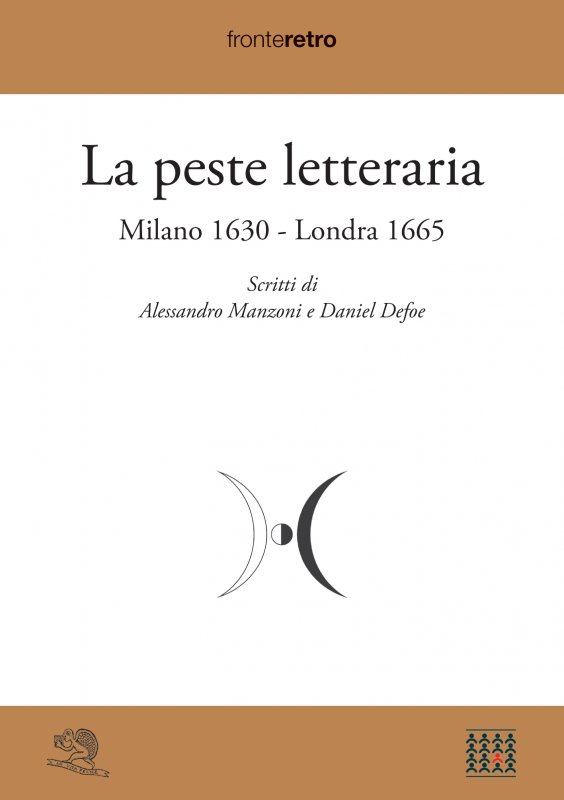
The Literary Plague: Milan 1630-London 1665
Written by Alessandro Manzoni and Daniel Defoe
“The plague”: a name “loaded with ghosts and fear”, as a contemporary Lombard put it. A nightmare which evokes fearful spectrums–the Black Death–and pure terror. A disease of ancient origins which is manifested in painful boils and tends to flourish where the conditions for contagion are most favorable: in crowded urban areas and in the poor neighborhoods in which filth and misery are more likely to take root.
Milan in 1639, under Spanish domination, and London in 1665, at the dawn of the Restoration, were two completely different cities which were devastated by the same affliction only decades apart. At the time, societies ignored the causes and means of spreading of the disease, which were noted only at the end of the 19th century. The authorities gave out ordinances to confront the disaster with the scarse knowledge and means which were available at the time, while religious leaders were lost in superstition and fanaticism. Charlatans easily manipulated a terrorized, uneducated population and the spasmodic search for a scapegoat often turned into a witch-hunt.
In this book, we present the portrait of two scholars’ respective cities during the plague: Alessandro Manzoni in The Promessi Sposi and Daniel Defoe in A Journal of the Plague Year. Our intention is to offer the priceless pleasure of reading pages of indesputable documentary and literary value, and to make possible the comparison between two social portraits that, over the course of the centuries, have not lost their original vitality.
Authors
Alessandro Manzoni
(Milan, 1785-1873), writer, poet, playwright, and son of Pietro and Giulia Beccaria, he received his early education from the Somaschi Fathers in Brianzi and in the Barnabite School of Milan. He lived in Paris between 1805 and 1810, year of his return to his childhood faith of Catholicism following a crisis with the moral issues that tormented him. Considered the greatest leader of Italian Romanticism, he entered into the Lombard cultural movement and contributed to the debate on rethinking the foundations of literature. He insisted on looking past classical themes, and on aiming for greater moral and social themes, as well as a deeper analysis of the use of language. His works include: Inni sacri, the odes Marzo 1821 and Il cinque maggio, the tragedies Il conte di Carmagnola e Adelchi, I promessi sposi and Storia della colonna infame.
Daniel Defoe
(London 1660-1731), writer, considered one of the fathers of the novel and modern journalism. After his studies, he undertook business activities which took him on voyages around Europe, gaining experiences which would later be useful for his writing career. Being forced to declare bankruptcy due to unfortunate circumstances and investments, he dedicated his life to politics and journalism–eventually becoming a collaborator in various periodicals and founder of “The Review”–and by working as a secret agent for the government. His works include: Robinson Crusoe, Lady Roxana, Moll Flanders, Colonel Jack, Hymn to the Pillory, and A Journal of the Plague Year.





